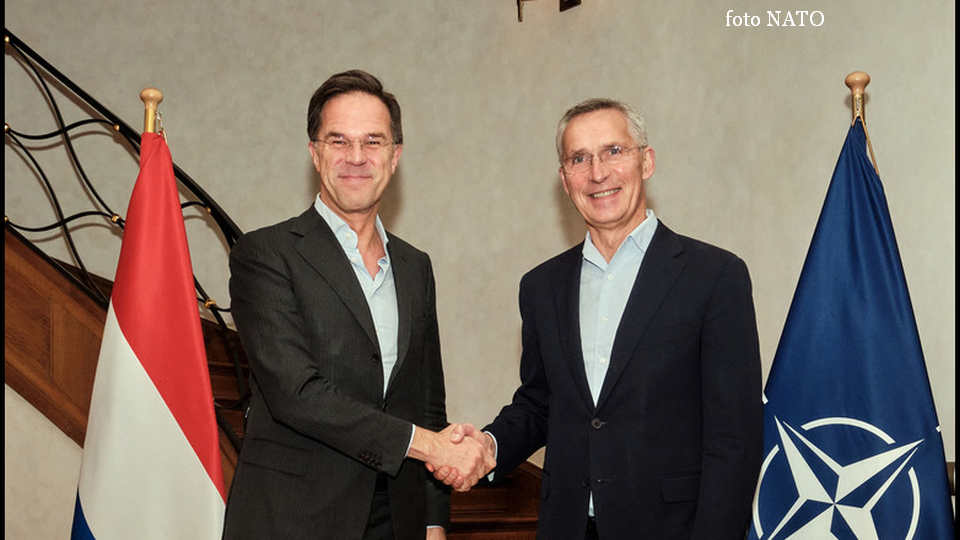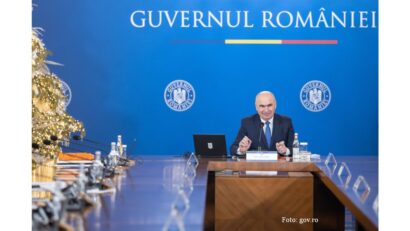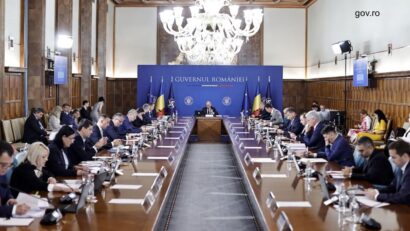NATO, new leadership
After 10 years in office, Jens Stoltenberg (Norway) hands over his post as NATO secretary general to Dutch Mark Rutte.

Ştefan Stoica, 01.10.2024, 14:00
As of Tuesday, October 1, the NATO secretary general is the Dutch ex PM Mark Rutte. He takes over the highest political position in the strongest political and military alliance in history from the Norwegian Jens Stoltenberg.
AFP notes that while Stoltenberg refrained from giving any piece of advice to Rutte, he emphasised that the main task for a NATO chief is to keep the Allies together. In such a difficult geopolitical situation, maintaining continuity and a common direction in foreign and security policy is critical, a NATO diplomat was quoted by the French agency as saying.
With a 10-year long tenure as NATO chief, Jens Stoltenberg had perhaps the most complicated term in office, which started in 2014, with Russia’s annexation of Crimea, and ended with a full-fledged war against Ukraine.
Stoltenberg steered the Alliance towards stronger support for the former Soviet state, a victim of Russia’s illegal aggression. He suggested and obtained a commitment of at least EUR 40 bln per year for Ukraine from NATO member states and NATO’s involvement in the provision of Western military aid.
NATO members should not be deterred from giving more military aid to Ukraine by Vladimir Putin’s “reckless Russian nuclear rhetoric”, Jens Stoltenberg said in an interview to Reuters at the end of his term. “Every time we have stepped up our support with new types of weapons – battle tanks, long-range fires or F-16s – the Russians have tried to prevent us, but they have not succeeded,” the outgoing NATO leader also said.
He added that the biggest risk to NATO would be if Putin wins in Ukraine. “I don’t think we can change President Putin’s mind, but I think we can change his calculus by demonstrating that the cost of continuing the war is so high that it’s better for him to sit down and accept Ukraine as a sovereign independent nation,” Stoltenberg believes.
During his term in office, forced to respond to major geopolitical changes, the Alliance strengthened its eastern flank. In Romania, for instance, the number of Allied troops was increased, and NATO created a battle group here for the first time.
Also under Stoltenberg’s leadership, NATO acceped new members, reaching a total of 32 Allied nations. The last countries to join were Finland and Sweden, pushed out of their decade-long neutrality by Moscow’s militarist and neo-imperialist drive. Russia wanted less of NATO and now it has more, Stoltenberg pointed out.
As for the new secretary general, Mark Rutte, analysts expect him to focus on the coordination between NATO and the European Union, at a time when the latter is getting more involved in security matters. Not least, the Allies count on his negotiation skills in case Donald Trump returns to the White House. (AMP)






























